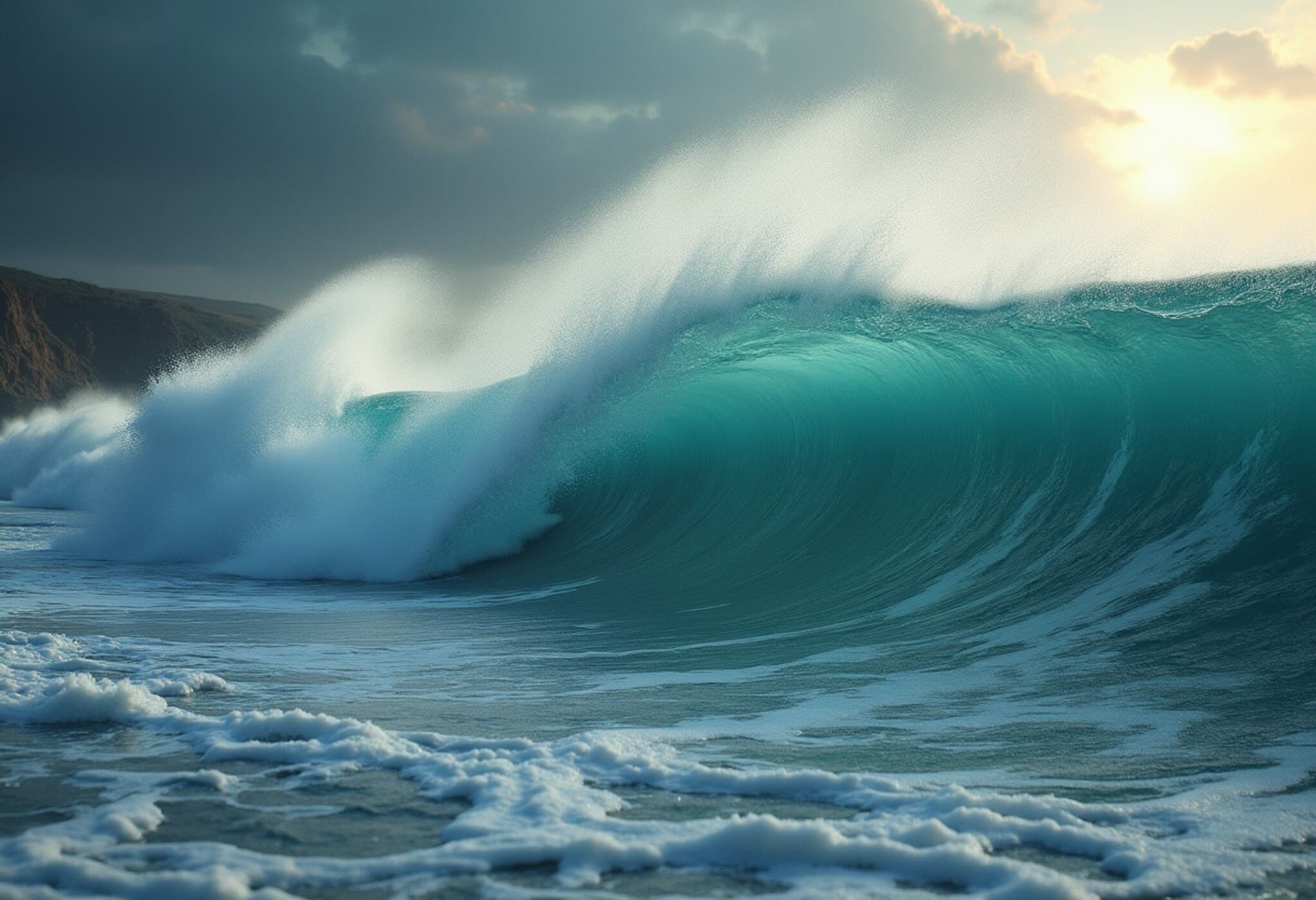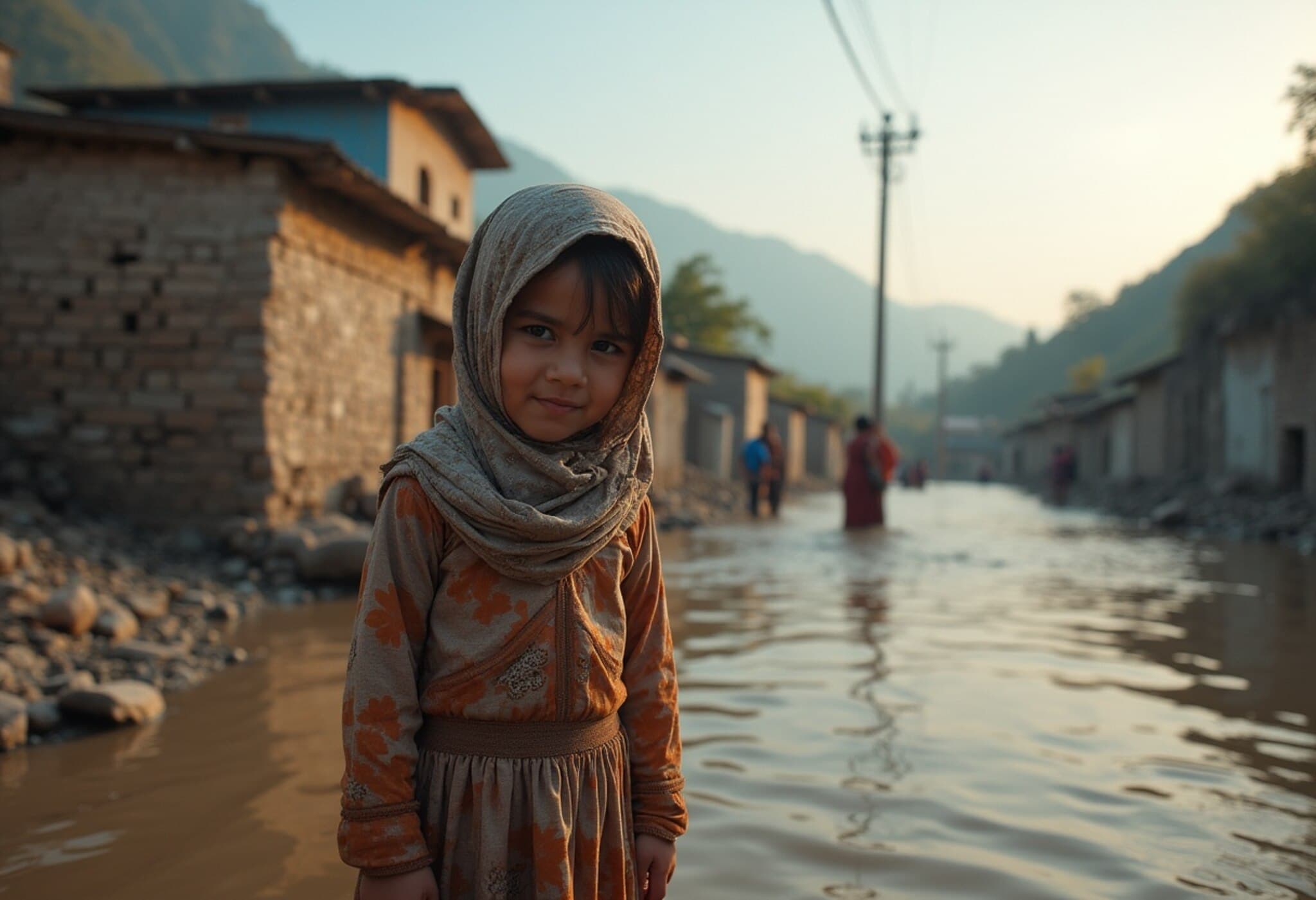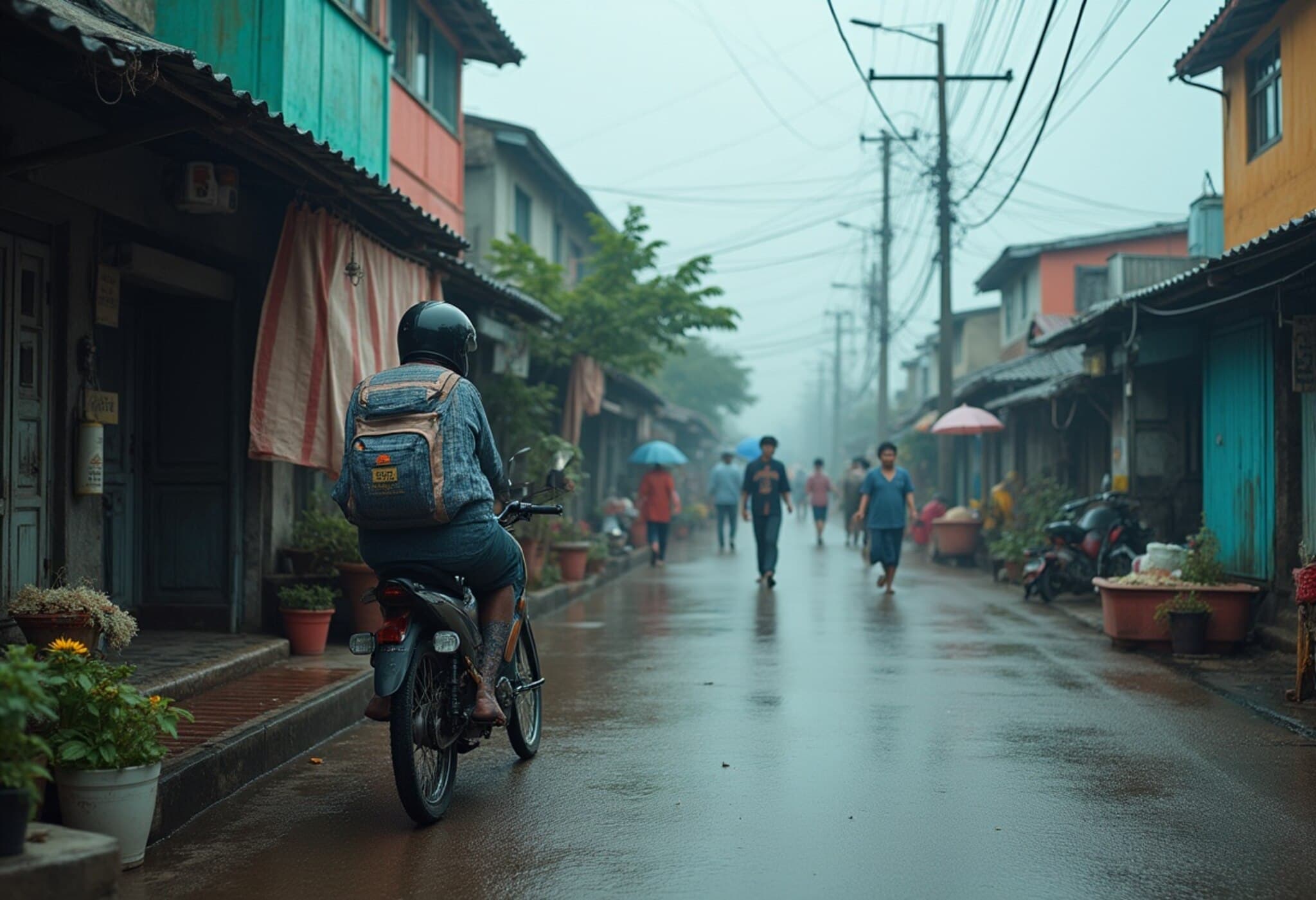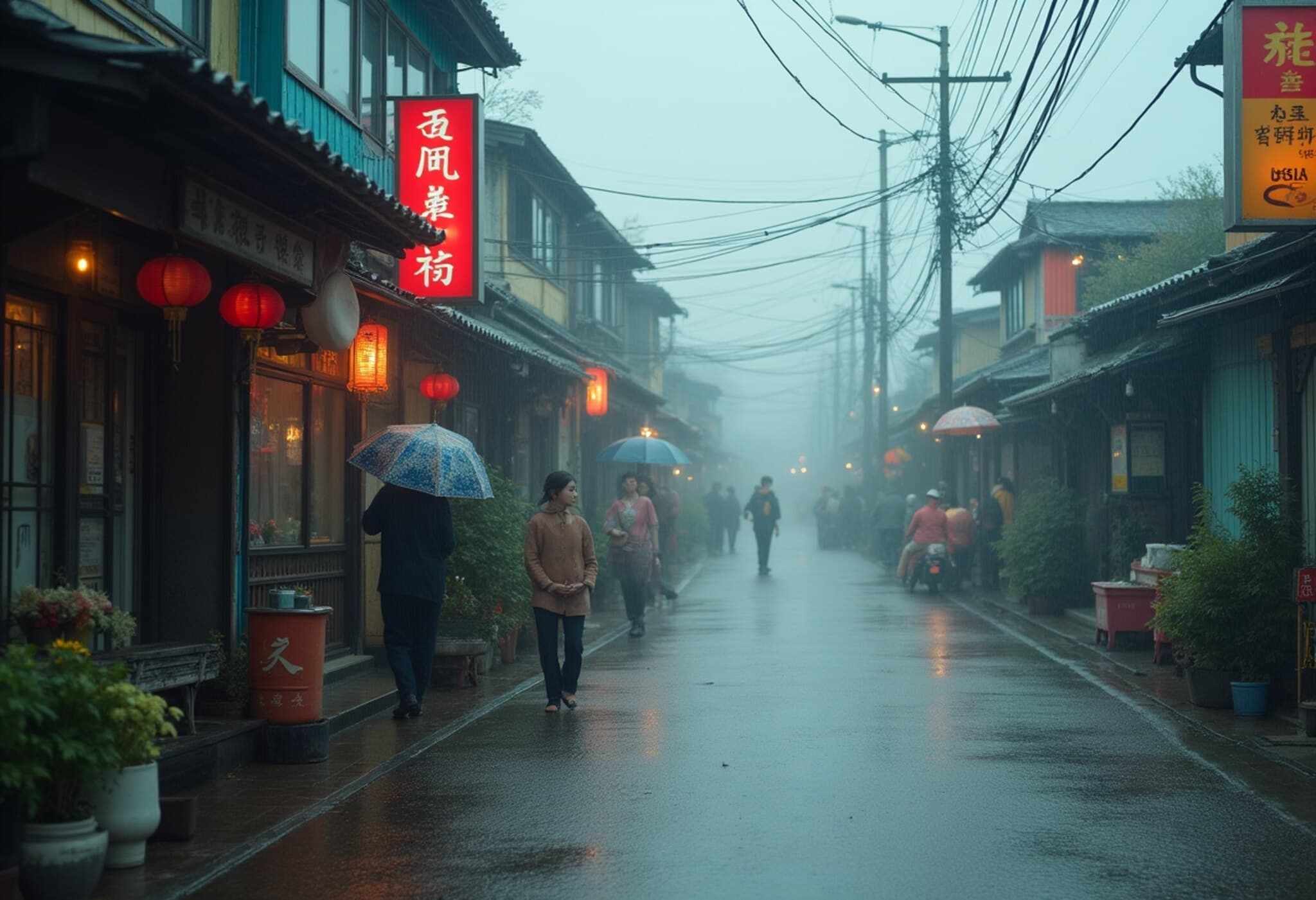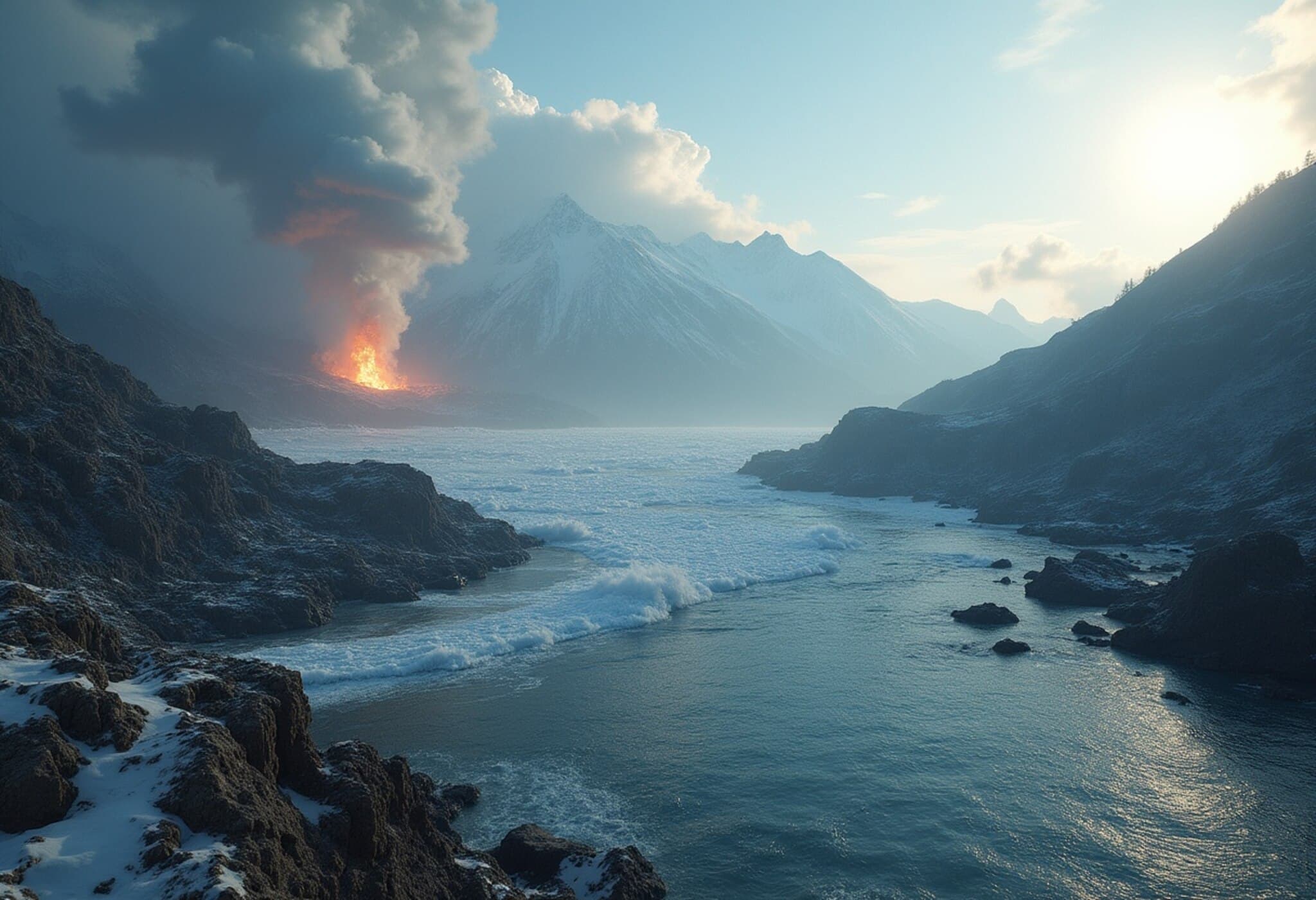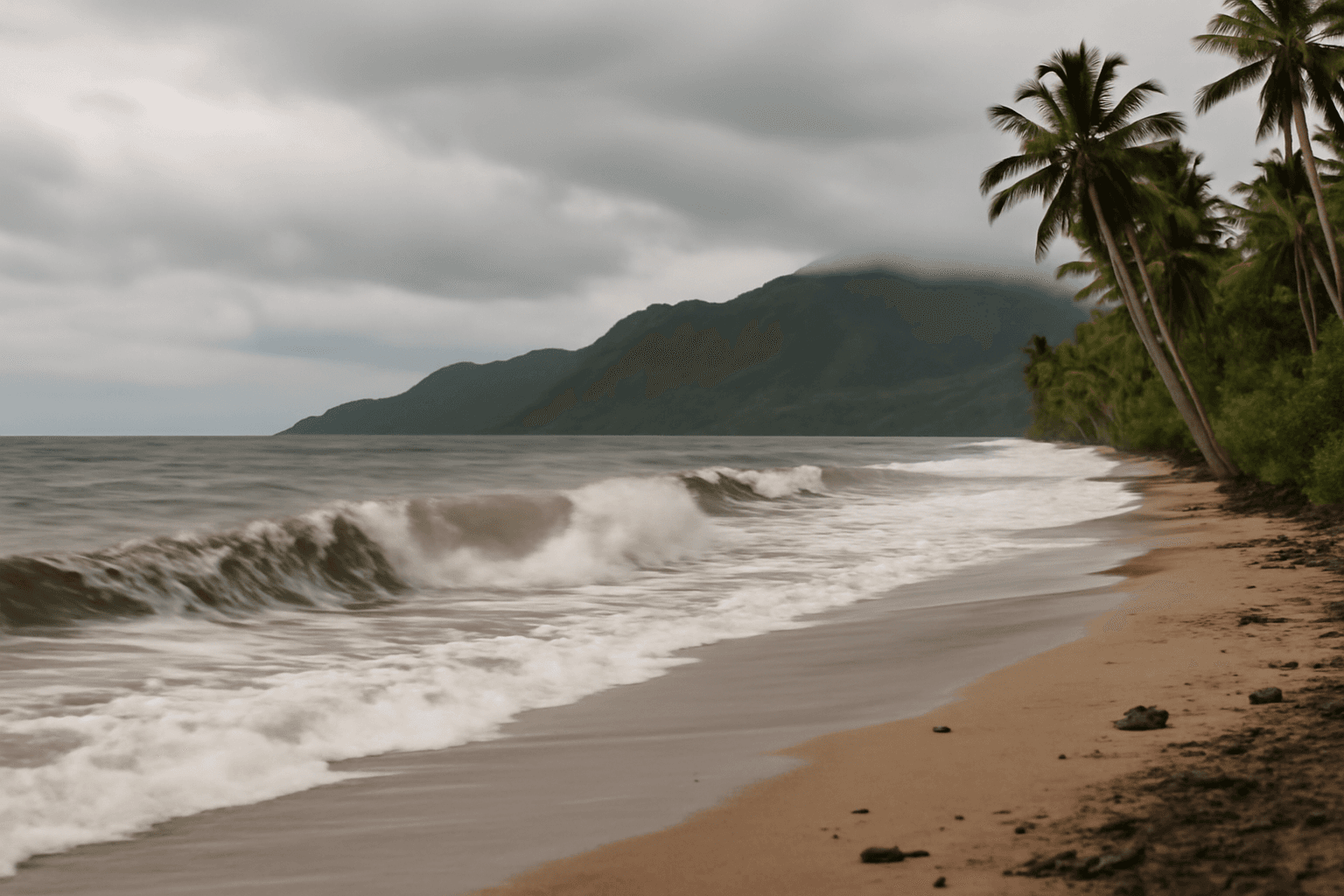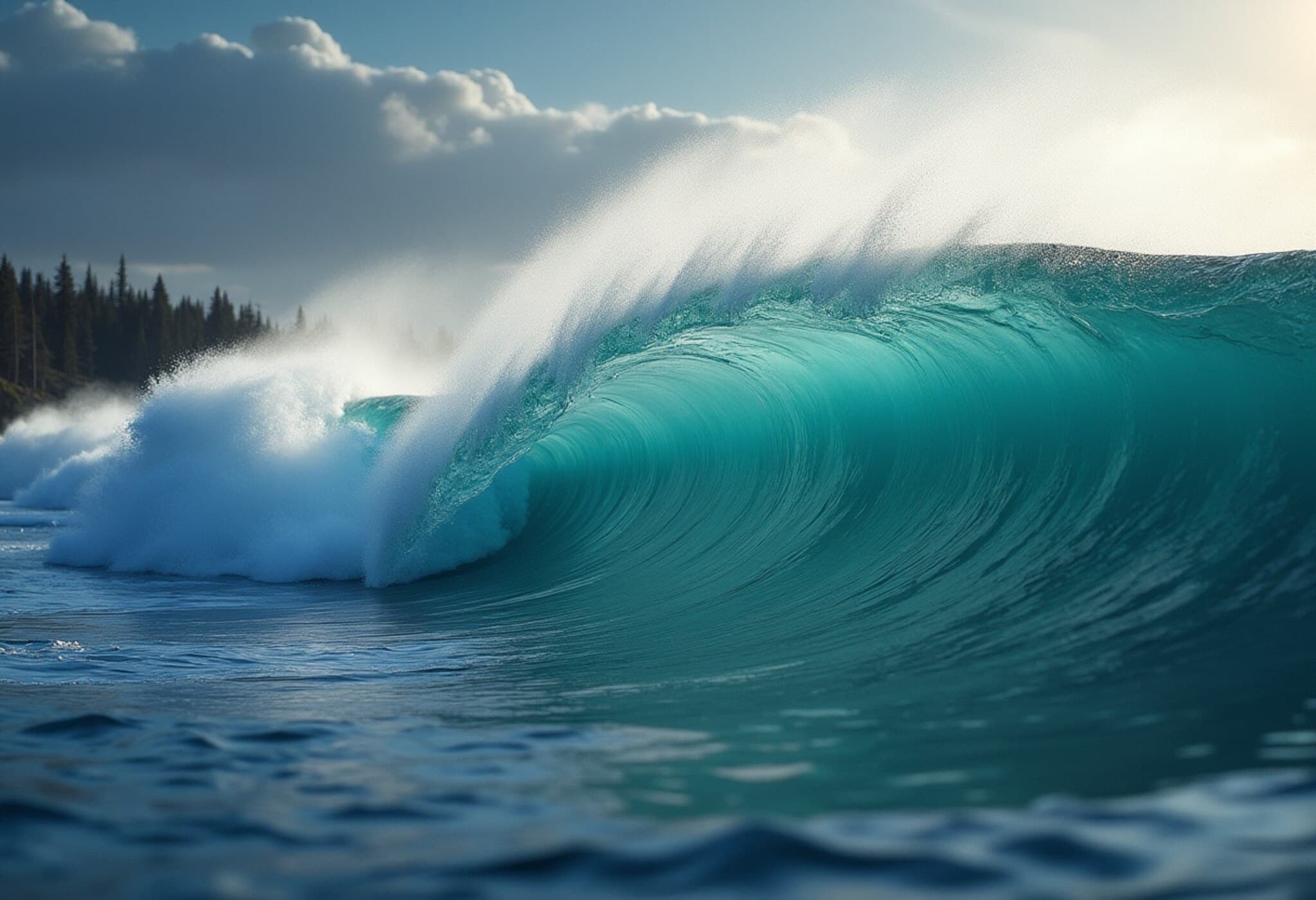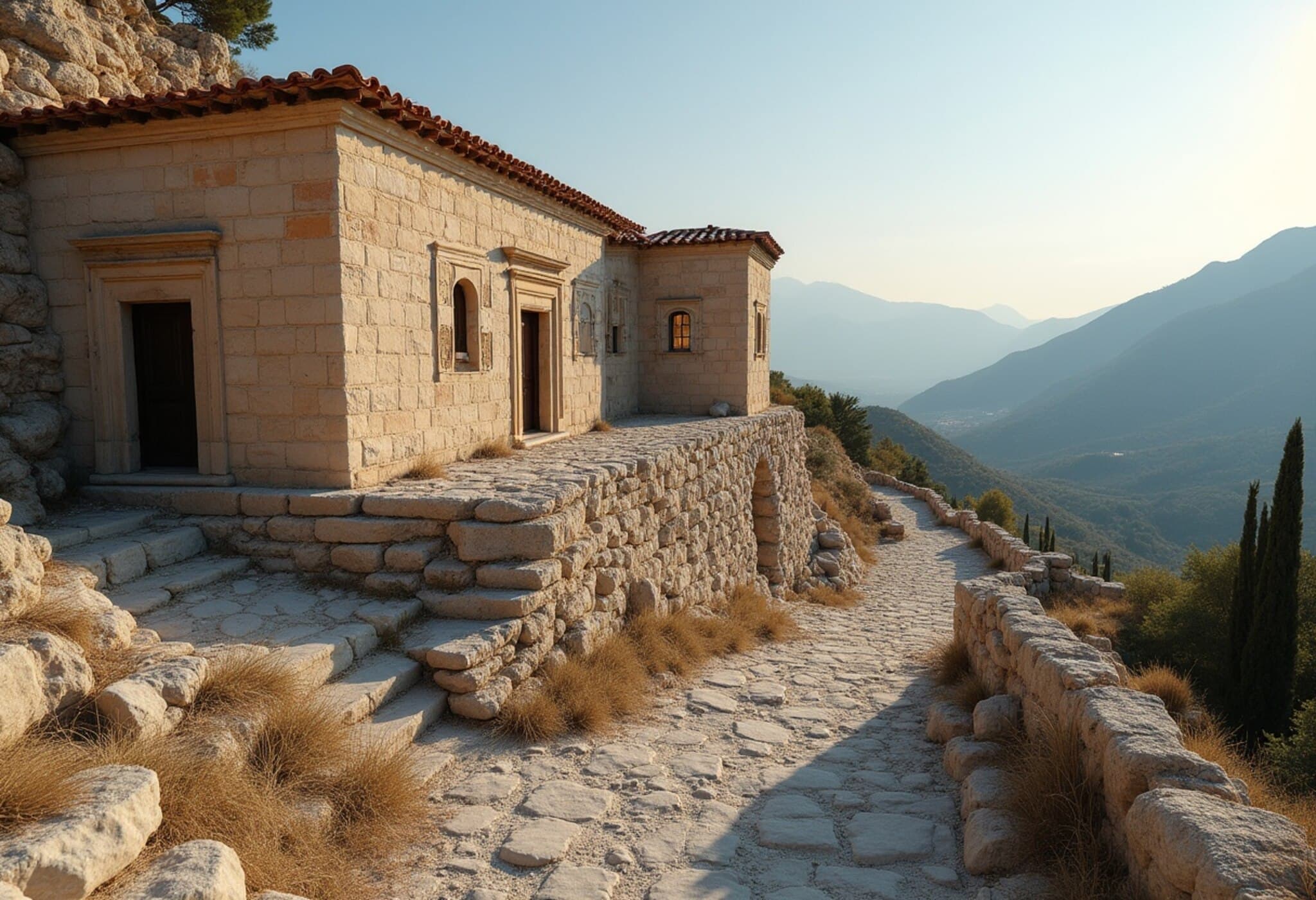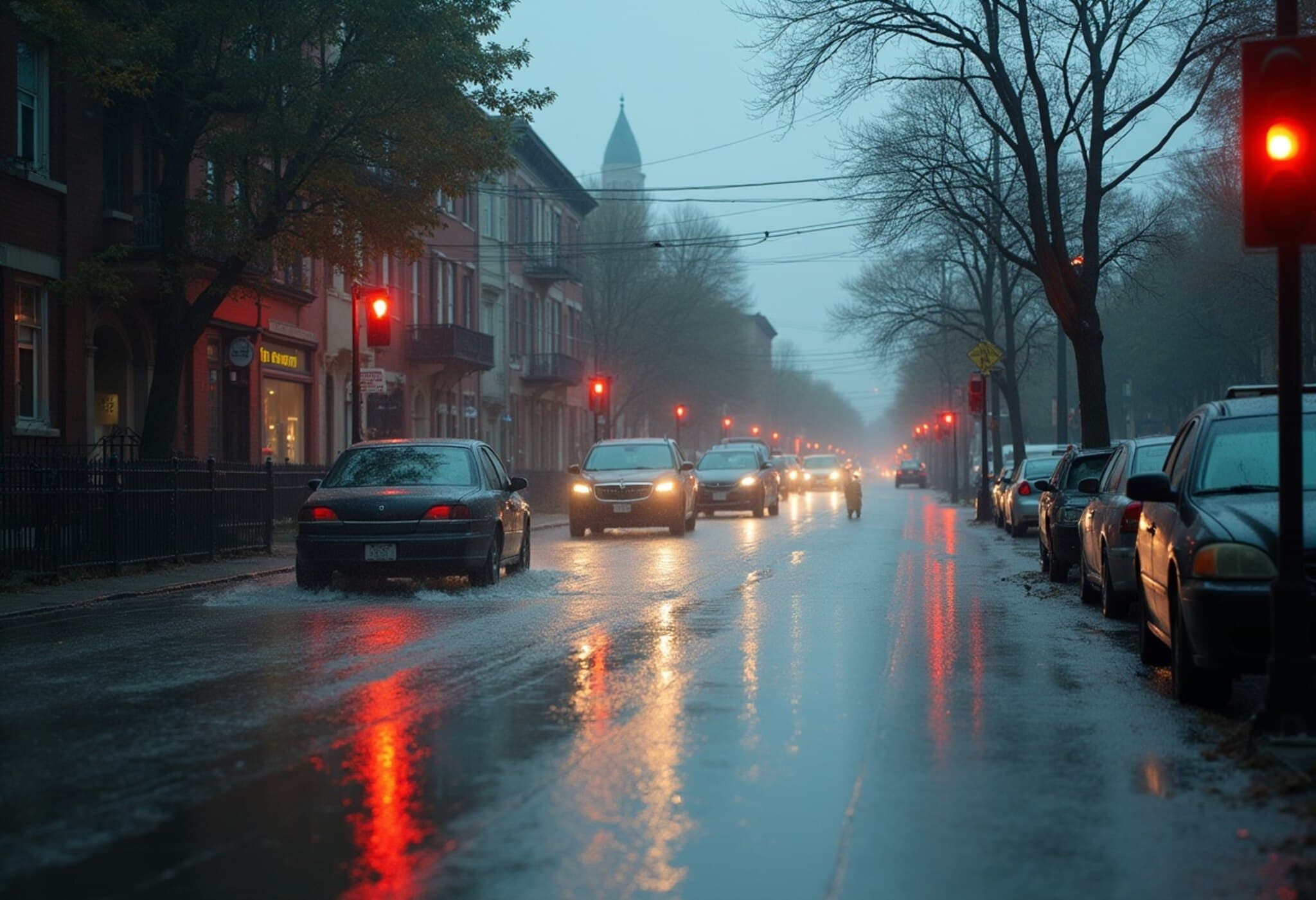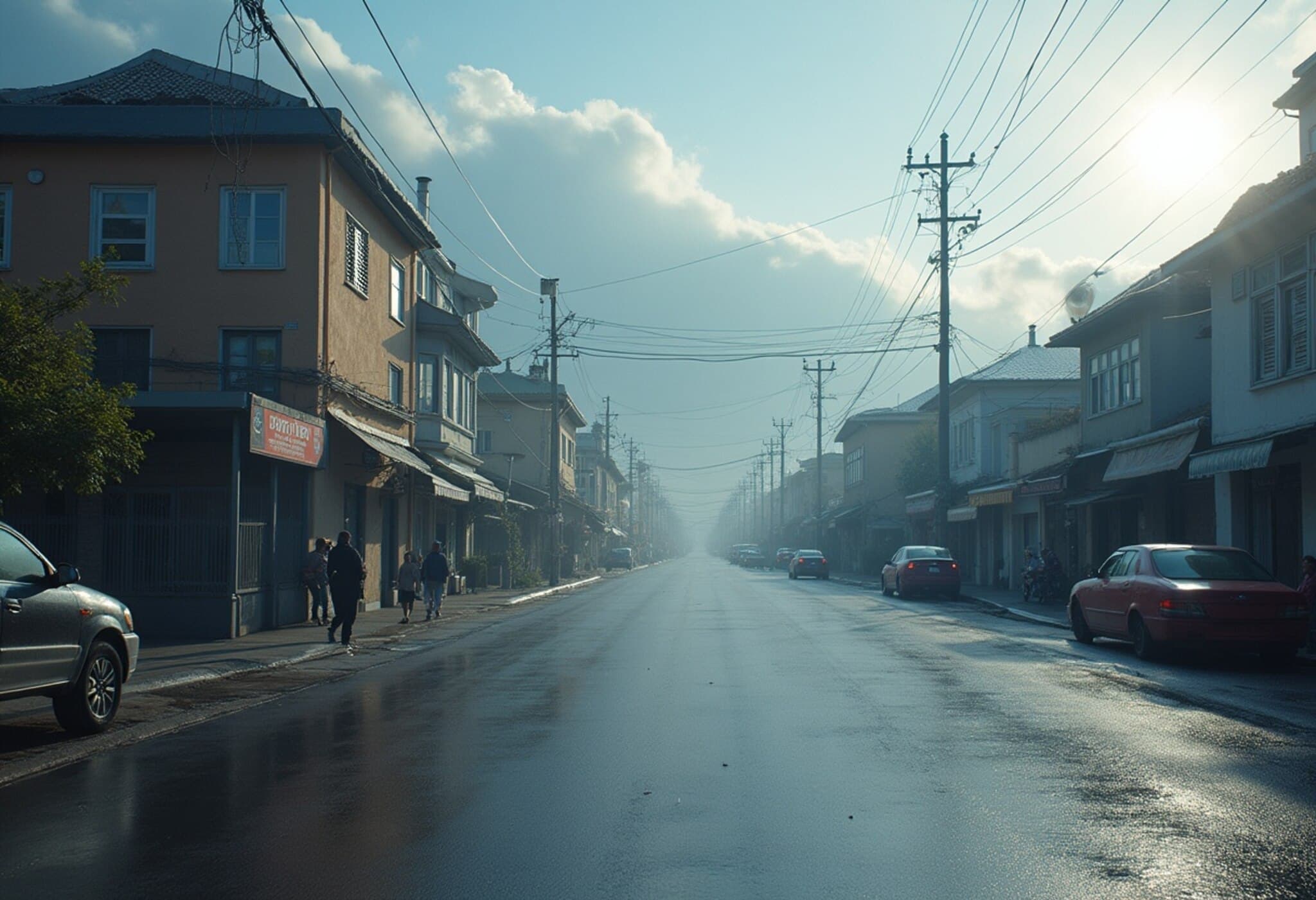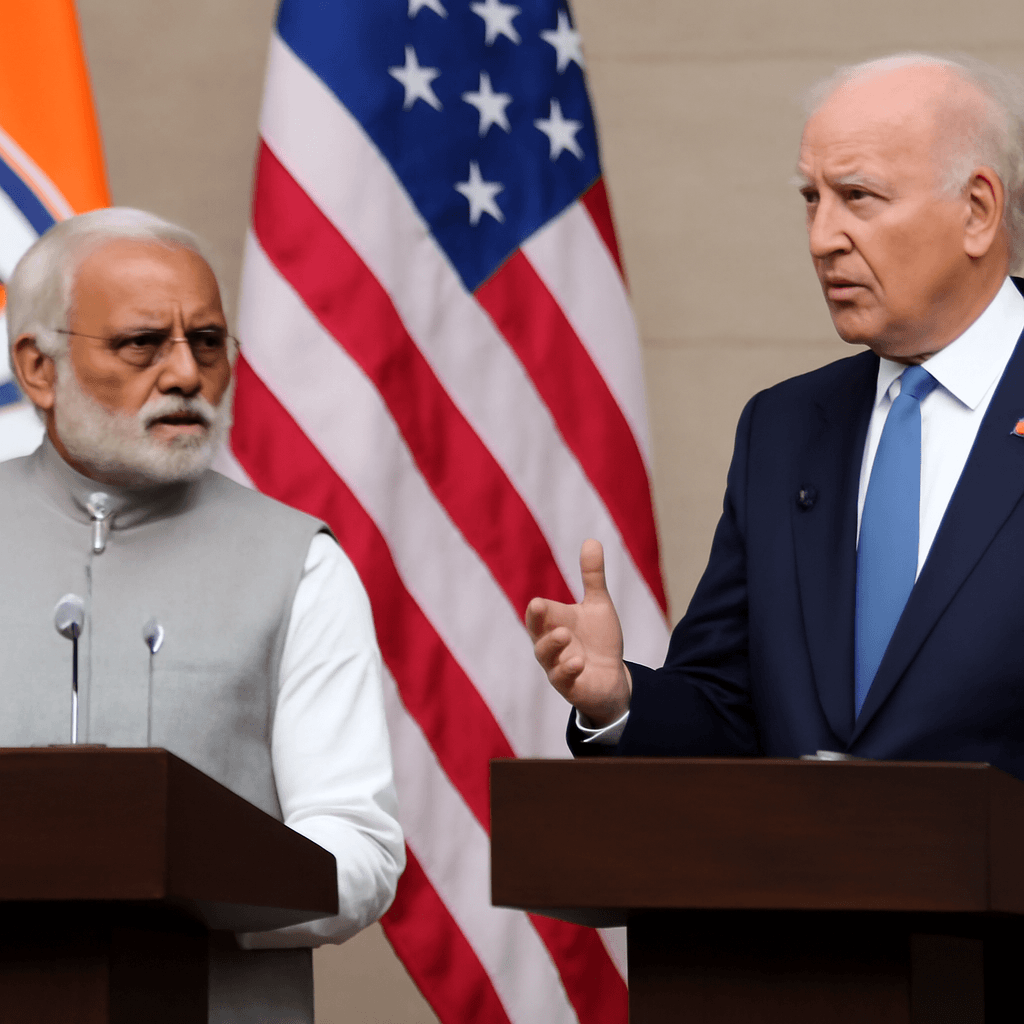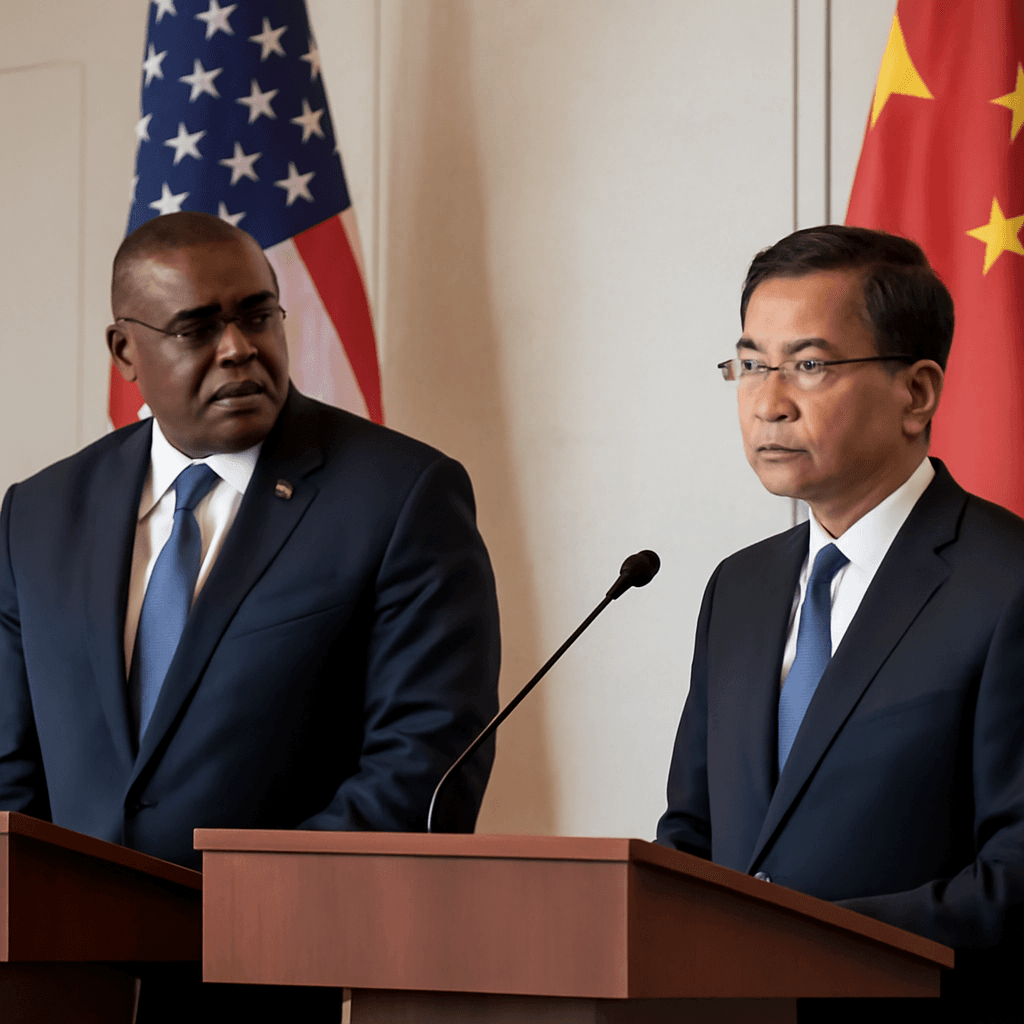America’s Enduring Struggle with Tsunamis Amid Rising Pacific Threats
As powerful tsunami waves recently battered the coasts of Russia, Japan, and Hawaii in July 2025, renewed attention has turned to America’s long history of confronting these massive oceanic events. From the icy shores of Alaska to the tropical beaches of Puerto Rico, tsunamis have repeatedly reminded the nation of its vulnerability to nature’s most violent sea surges.
10 Historic Tsunamis That Shaped America’s Coastal Awareness
Below, we explore ten landmark tsunami events that affected U.S. territories over the centuries, underscoring the diverse origins and devastating impacts of these natural disasters.
1. July 2025 – Hawaii’s Recent Tsunami Alert
In late July 2025, Hawaii’s Big Island experienced swift, powerful waves following a deep undersea disturbance in the western Pacific. While the Pacific Tsunami Warning Center’s rapid alerts helped minimize damage, some flooding occurred in low-lying coastal zones. This event once again highlighted Hawaii’s precarious position within the Pacific “Ring of Fire,” where tectonic turmoil frequently threatens its shores.
2. January 2022 – Tonga Eruption’s Reach to California and Hawaii
The spectacular volcanic eruption of Tonga’s Hunga Tonga-Hunga Ha’apai sent shockwaves rippling across the Pacific basin, triggering tsunami waves that reached as far away as California and Hawaii. Though U.S. impacts were primarily minor harbor flooding and precautionary warnings, this demonstrated that volcanic activity, often overshadowed by earthquakes, remains a potent tsunami driver.
3. March 2011 – Japan’s Magnitude 9.0 Disaster Touches U.S. Shores
The devastating earthquake off Japan’s northeast coast spawned a monstrous tsunami. The waves reached the U.S. West Coast, damaging harbors in California and Oregon. Tragically, one life was lost in Crescent City, California, where a man was swept away while photographing the surging water—powerfully reminding us of the waves’ unexpected reach and deadly force.
4. March 1964 – Alaska’s Prince William Sound Catastrophe
One of North America’s most severe earthquakes, the 9.2 magnitude 1964 event in Alaska’s Prince William Sound, unleashed a tsunami that claimed more than 130 lives across Alaska and as far south as California and Oregon. The towns of Valdez and Seward bore the brunt, suffering widespread destruction and underscoring the destructive power of seismic events in subduction zones.
5. May 1960 – The Great Chilean Earthquake’s Cross-Pacific Tsunami
The largest recorded earthquake globally, at magnitude 9.5, struck Chile and generated a tsunami that traversed the Pacific, causing significant destruction in Hawaii, California, and Japan. Hawaii suffered 61 casualties and millions in damages. The event exemplifies how seismic forces thousands of miles away can wreak havoc on U.S. coastlines.
6. April 1946 – Aleutian Islands Tragedy Spurs Warning Systems
A magnitude 7.3 earthquake in Alaska’s Aleutian Islands unleashed a devastating tsunami that obliterated large parts of Hilo, Hawaii, killing 159 people. This catastrophic loss catalyzed the establishment of the Pacific Tsunami Warning Center, marking a turning point in America’s disaster preparedness.
7. October 1918 – Puerto Rico’s Deadly Mona Rift Tsunami
An estimated magnitude 7.3–7.5 earthquake in the Mona Passage off western Puerto Rico triggered a tsunami that claimed at least 116 lives. Flooding swept the coastline, engraving itself as one of the island’s most lethal natural disasters and highlighting the Caribbean’s seismic vulnerabilities often less discussed in mainstream discourse.
8. 1867 – Caribbean Seismic Wake-Up Call in the Virgin Islands
An earthquake in the Anegada Trough unleashed tsunamis that flooded St. Thomas and St. Croix, revealing the seismic risks lurking in the Caribbean Basin. Though historical records are sparse, the event demands further study as the region faces growing urban populations along vulnerable shores.
9. January 1700 – Cascadia Subduction Zone’s Ancient Monster
On January 26, 1700, a massive magnitude ~9.0 earthquake struck along the Cascadia Subduction Zone off the Pacific Northwest. It spawned a tsunami that traveled across the ocean to Japan, documented in Japanese historical chronicles. Indigenous oral histories from Oregon, Washington, and Northern California corroborate this event, reminding us that the Pacific Northwest remains under a significant seismic threat.
10. Circa 900 AD – Puget Sound’s Silent Fury
Archaeological and geological evidence suggests a large earthquake and tsunami struck the Puget Sound region nearly 1,200 years ago. This ancient event, reconstructed through sediment studies and Indigenous narratives, serves as a cautionary tale for modern cities now flourishing atop these vulnerable shores.
Understanding America’s Persistent Tsunami Risk – What Lies Ahead?
The U.S. Geological Survey (USGS) and the National Oceanic and Atmospheric Administration (NOAA) continually monitor seismic activity and tsunami hazards around U.S. coastlines. Alaska, Hawaii, and the West Coast are identified as particularly susceptible areas due to tectonic plate boundaries and volcanic island arcs.
Modern early warning systems like the Pacific Tsunami Warning Center and the West Coast/Alaska Tsunami Warning Center have bolstered preparedness. Yet, history teaches us that not all tsunamis announce themselves clearly. Earthquakes, underwater landslides, and volcanic eruptions—sometimes occurring thousands of miles from affected shores—can strike with little indication, emphasizing the need for vigilance and community readiness.
Editor's Note
America’s coastal communities have repeatedly endured nature’s tsunami fury, yet the lessons remain urgent. As ocean temperatures rise and seismic activity continues, can existing warning systems and infrastructure adapt fast enough? Understanding the historical context deepens our appreciation of ongoing risks and the imperative to bolster resilience across vulnerable regions—from Hawaii’s volcanic islands to the historic urban hubs of the Pacific Northwest.
Public awareness combined with robust science-driven policymaking will determine how well America weathers future tsunami threats.


